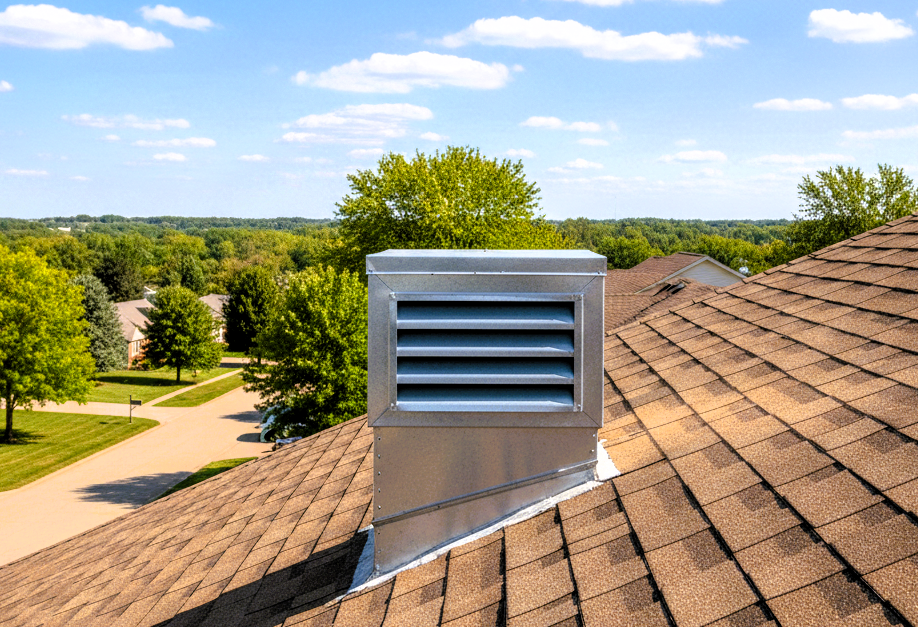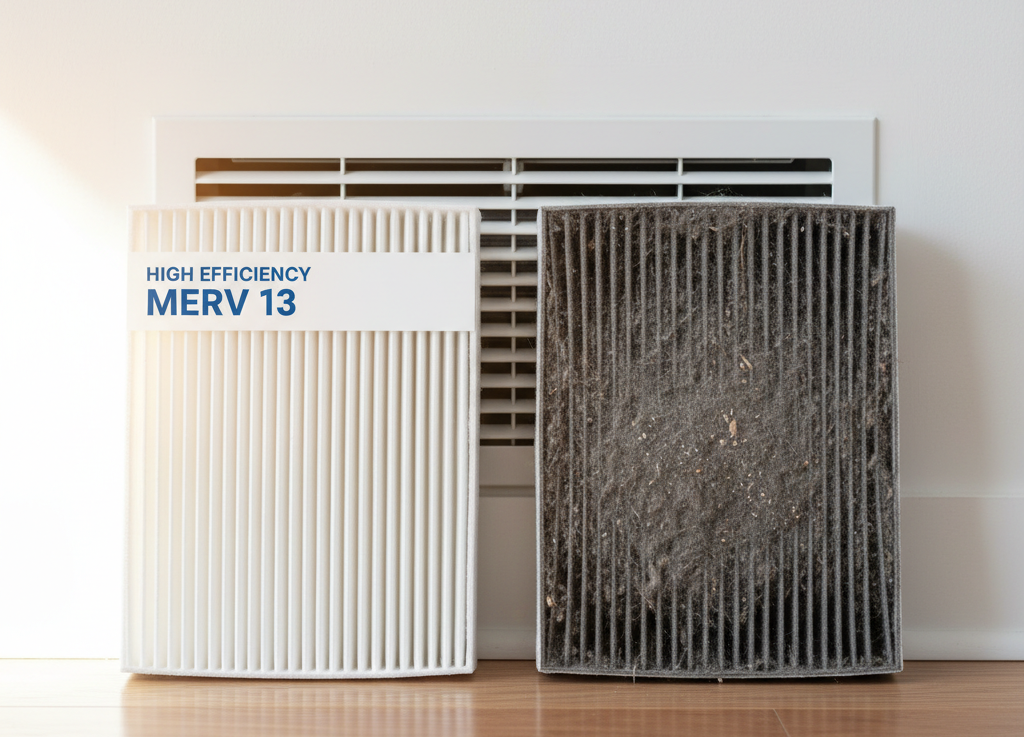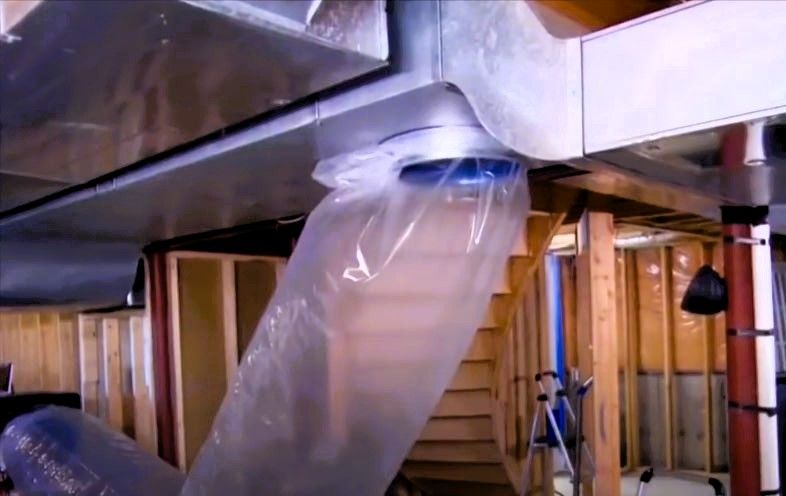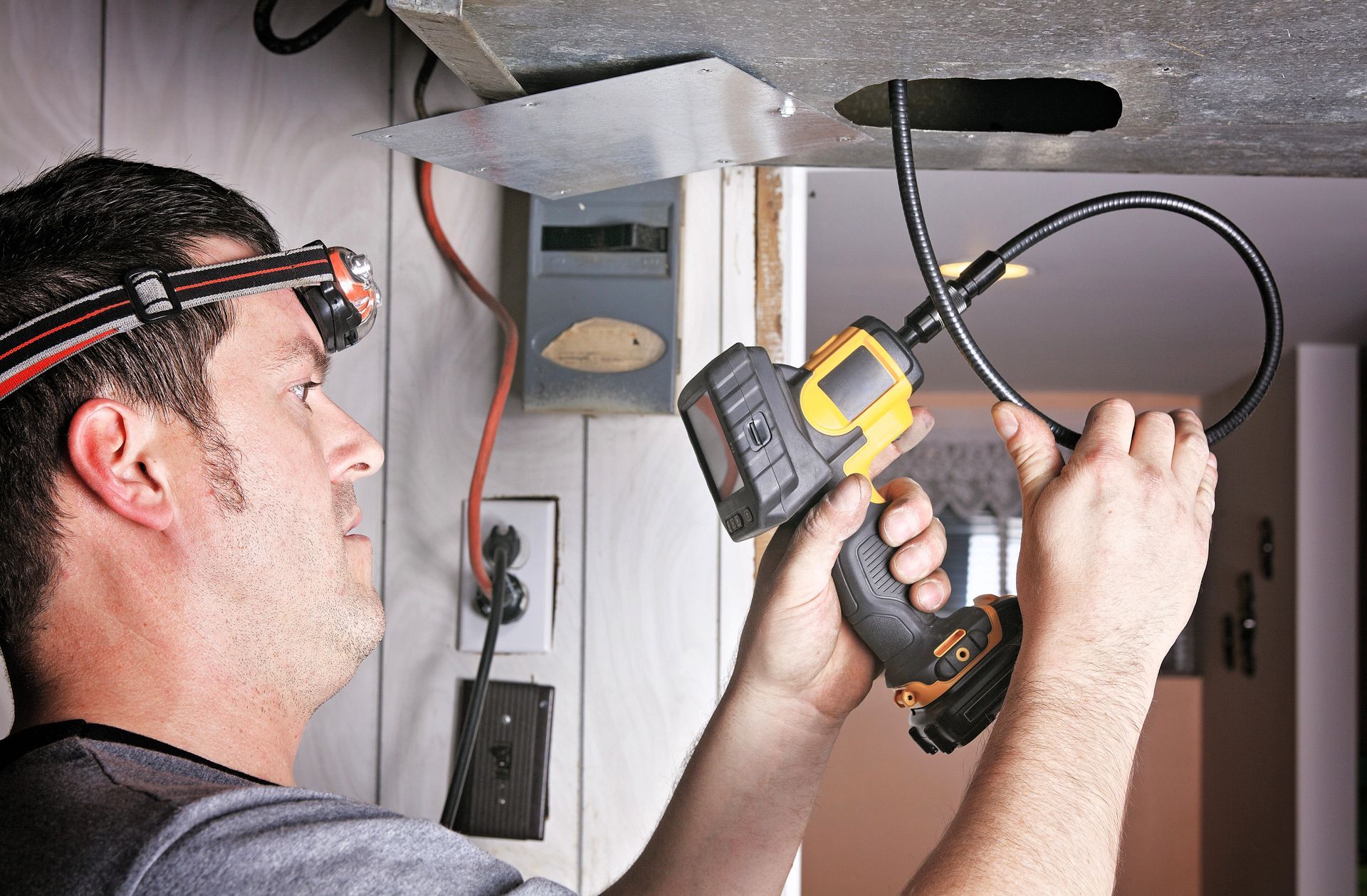Types of Duct Insulation: Which is Best for You?
July 14, 2021
Duct insulation is an important component of every home's heating and cooling system
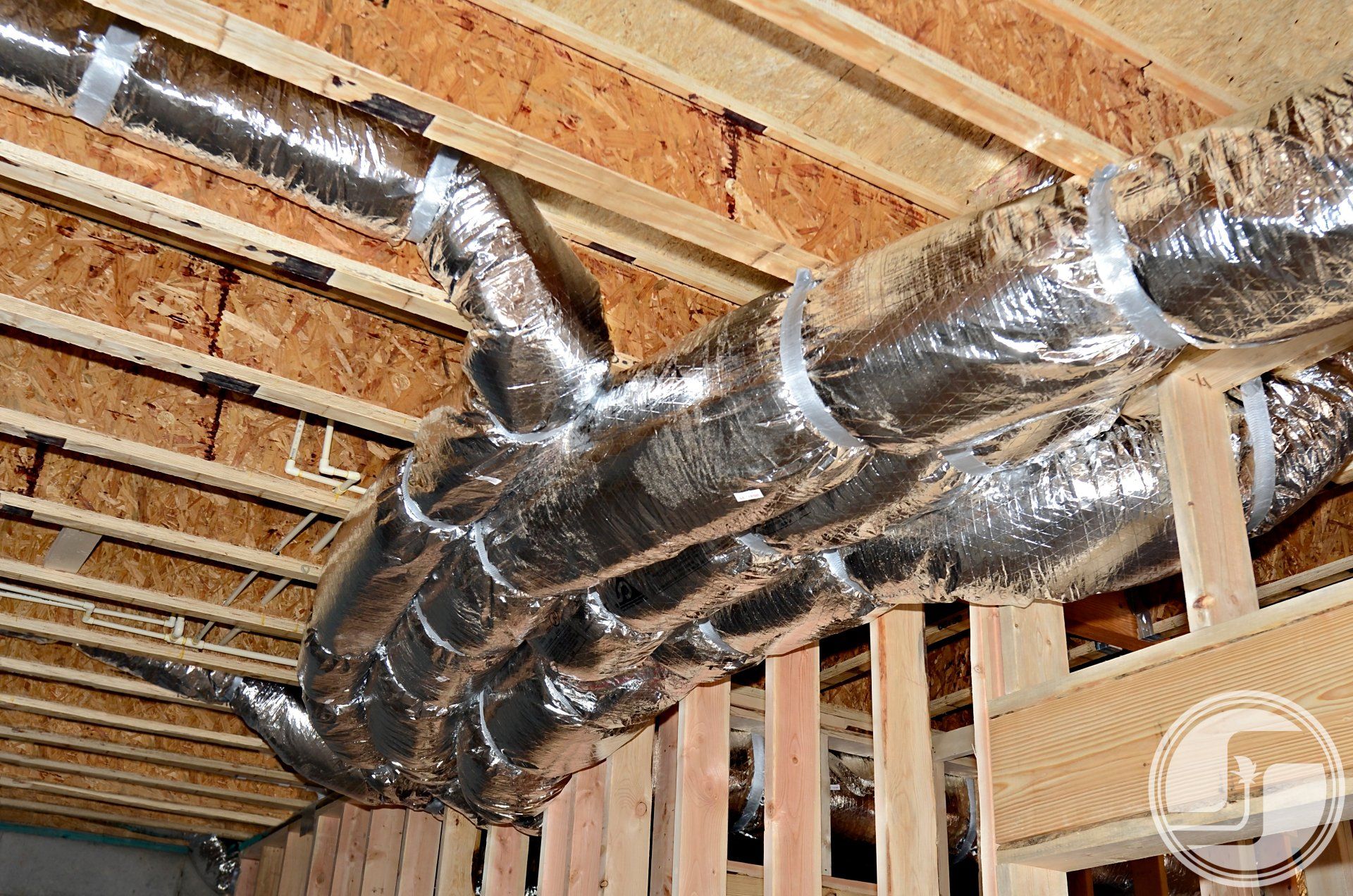
What type of duct insulation is best for you? This is a question that many homeowners and business owners ask themselves when they are looking into air duct cleaning. There are so many types of insulation on the market, it can be hard to make a decision. In this article, we will discuss three different types of insulation: fiberglass, cellulose, and aluminum.
The air ducts in your home can be a major cause of dust and allergens circulating throughout your living spaces. The quality of the air you breathe, the healthiness of your household members, and even the lifespan of your HVAC system depend on how well these ducts are insulated. This article will cover some different types of insulation for air ducts so that you can make an informed decision about which type is best for you. Air ducts are a critical component of any HVAC system and one that should not be taken lightly. It’s important to know what type of insulation you have in your home's ductwork and the benefits or drawbacks associated with each option.
Air duct insulation reduces the amount of heat that enters or leaves a home through its air conditioning system. It also helps to keep rooms warmer in winter and cooler during the summer months because it prevents drafts from entering your home. Duct insulation is considered one of the most cost-effective ways to save money on heating and cooling bills each year so make sure you take advantage of this great energy-saving opportunity!
Fiberglass insulation is made from extremely fine glass fibers. It's not the best type of duct insulation because it can't reduce airflow noise levels nor does it provide good soundproofing. Cellulose is made from recycled newspaper that has been treated with fire-retardant chemicals to make it burn slower in case your heating system catches on fire. This material also provides great thermal resistance for stopping heat loss as well as excellent acoustic qualities (to prevent noisy infiltration). When you're installing this kind of duct insulation, be sure to leave space between sheets so there will be room for airflow - about an inch an hour if possible.
The best type of duct insulation depends on your budget, needs, and preferences
Ducts lined with foil are typically the most expensive but can help to provide better thermal efficiency. Aluminum air duct insulation is lightweight and inexpensive, making it a good choice for people who want an affordable option while still achieving excellent heat retention and soundproofing benefits. Fiberglass insulation is more durable than aluminum because of its composition, which includes fibrous glass fibers that resist breaking or crushing. It may also be installed in a thinner layer than other types of insulation to conserve space without sacrificing effectiveness. Polyester/fiberglass insulated panels offer many advantages over traditional fiberglass batts due to their high R-value (they have higher density).
What to consider when choosing the best type of insulation for your home or business
One thing to consider is the difference in insulation performance between fiberglass and cellulose. Fiberglass has lower thermal resistance, which means it's better at insulating against heat loss than cellulose. Cellulose also reflects more sound from space than fiberglass does because of its higher density (though both are considered good for noise reduction). Another consideration: moisture levels can be an issue with some types of duct insulation when it comes into contact with humid air outside your home or business--if you're concerned about this, then a type that reduces moisture with a vapor barrier might work best for you.

